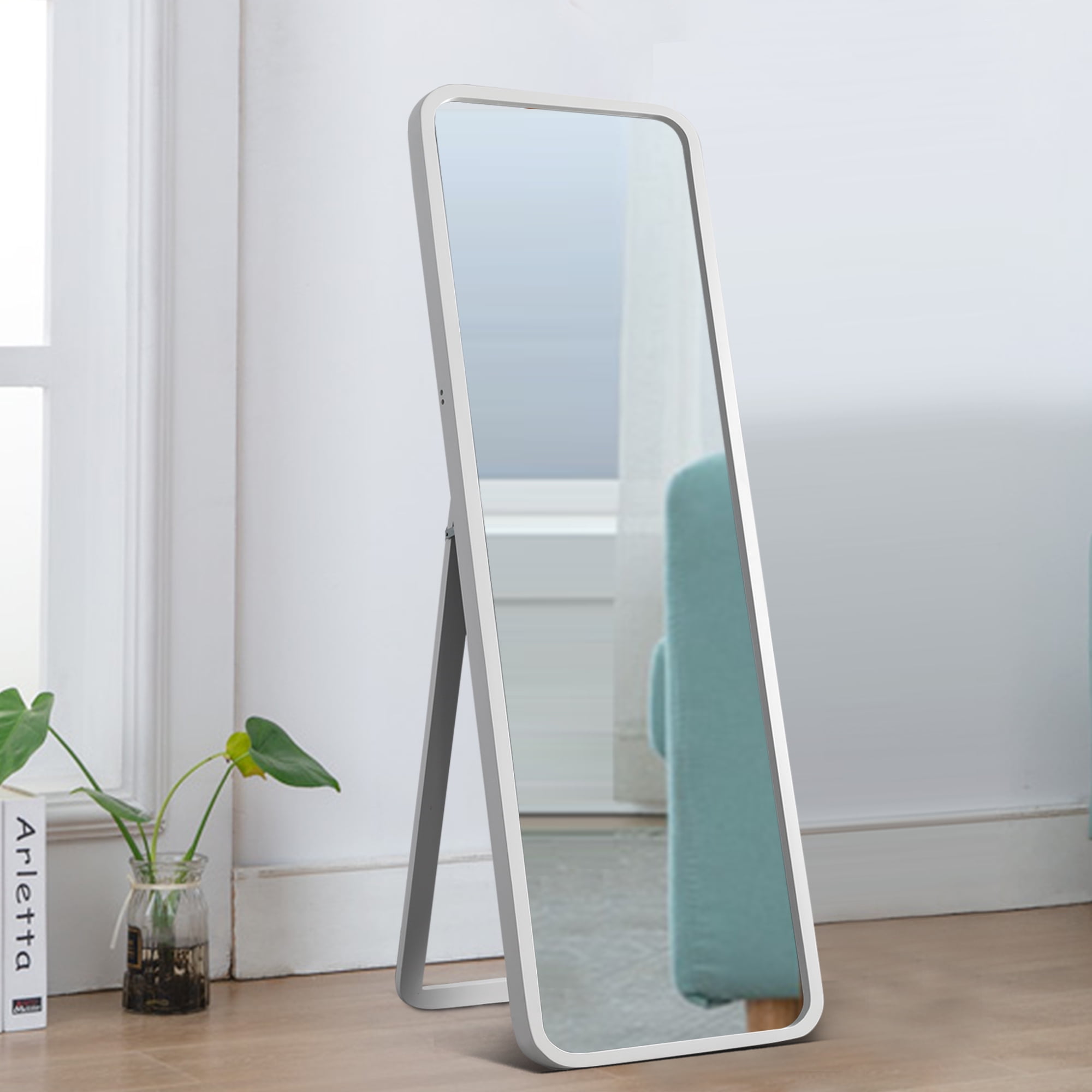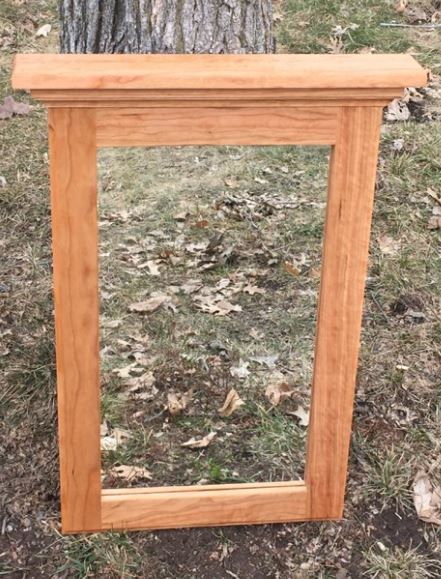

Right: seated woman holding a mirror Ancient Greek Attic red-figure lekythos by the Sabouroff Painter, c.

Left: Bronze mirror, New Kingdom of Egypt, Eighteenth Dynasty, 1540–1296 BC, Cleveland Museum of Art (U.S.) An atomic mirror reflects matter waves and can be used for atomic interferometry and atomic holography. Acoustic mirrors may be used for applications such as parabolic microphones, atmospheric studies, sonar, and seafloor mapping. Objects such as walls, ceilings, or natural rock-formations may produce echos, and this tendency often becomes a problem in acoustical engineering when designing houses, auditoriums, or recording studios. The terms "mirror" and "reflector" can be used for objects that reflect any other types of waves. Mirrors are also used in optical and scientific apparatus such as telescopes, lasers, cameras, periscopes, and industrial machinery.Īccording to superstitions breaking a mirror is said to bring seven years of bad luck. Mirrors are also used to view other items that are not directly visible because of obstructions examples include rear-view mirrors in vehicles, security mirrors in or around buildings, and dentist's mirrors. This use, which dates from prehistory, overlaps with uses in decoration and architecture. A plane mirror yields a real-looking undistorted image, while a curved mirror may distort, magnify, or reduce the image in various ways, while keeping the lines, contrast, sharpness, colors, and other image properties intact.Ī mirror is commonly used for inspecting oneself, such as during personal grooming hence the old-fashioned name "looking glass". When the surface is not flat, a mirror may behave like a reflecting lens. This effect gives the illusion that those objects are behind the mirror, or (sometimes) in front of it. When looking at a mirror, one will see a mirror image or reflected image of objects in the environment, formed by light emitted or scattered by them and reflected by the mirror towards one's eyes. Thus, a mirror can be any surface in which the texture or roughness of the surface is smaller (smoother) than the wavelength of the waves. This property, called specular reflection, distinguishes a mirror from objects that diffuse light, breaking up the wave and scattering it in many directions (such as flat-white paint). These rays are reflected at an equal yet opposite angle from which they strike the mirror (incident light). The light can also be pictured as rays (imaginary lines radiating from the light source, that are always perpendicular to the waves). This allows the waves to form an image when they are focused through a lens, just as if the waves had originated from the direction of the mirror. Light consists of waves, and when light waves reflect from the flat surface of a mirror, those waves retain the same degree of curvature and vergence, in an equal yet opposite direction, as the original waves. In modern mirrors, metals like silver or aluminium are often used due to their high reflectivity, applied as a thin coating on glass because of its naturally smooth and very hard surface.Ī mirror is a wave reflector. Natural mirrors have existed since prehistoric times, such as the surface of water, but people have been manufacturing mirrors out of a variety of materials for thousands of years, like stone, metals, and glass. This allows the viewer to see themselves or objects behind them, or even objects that are at an angle from them but out of their field of view, such as around a corner. Mirrors reverse the direction of the image in an equal yet opposite angle from which the light shines upon it. Light that bounces off a mirror will show an image of whatever is in front of it, when focused through the lens of the eye or a camera. Sound waves are much longer than light waves, thus the object produces diffuse reflections in the visual spectrum.Ī mirror or looking glass is an object that reflects an image. The mirror magnified the sound of approaching enemy Zeppelins for a microphone placed at the focal point. 4.5-metre (15 ft)-tall acoustic mirror near Kilnsea Grange, East Yorkshire, UK, from World War I.


The angle of the incident light (represented by both the light in the mirror and the shadow behind it) exactly matches the angle of reflection (the reflected light shining on the table). For other uses, see Looking Glass.Ī mirror reflecting the image of a vase A first-surface mirror coated with aluminium and enhanced with dielectric coatings.


 0 kommentar(er)
0 kommentar(er)
